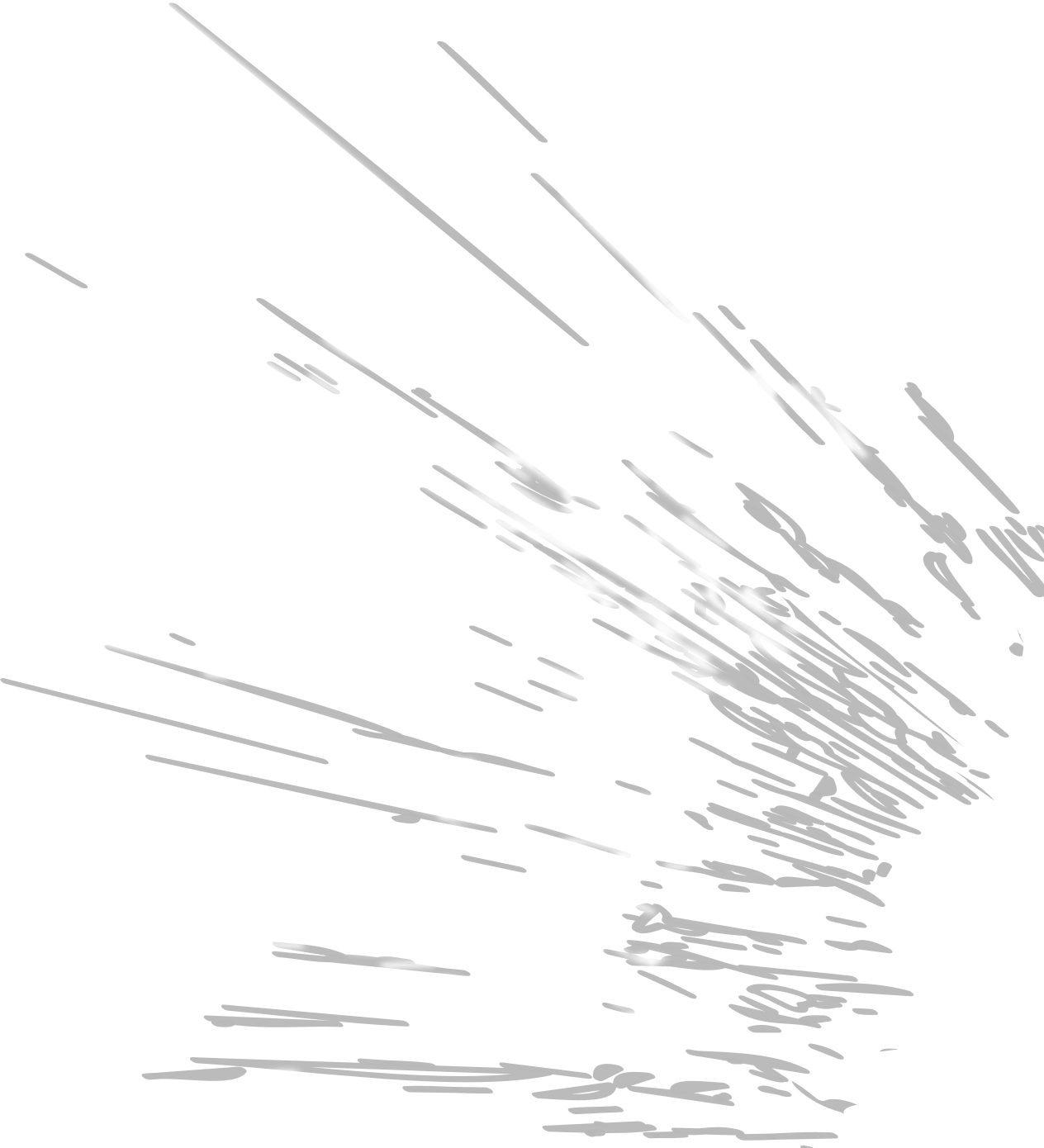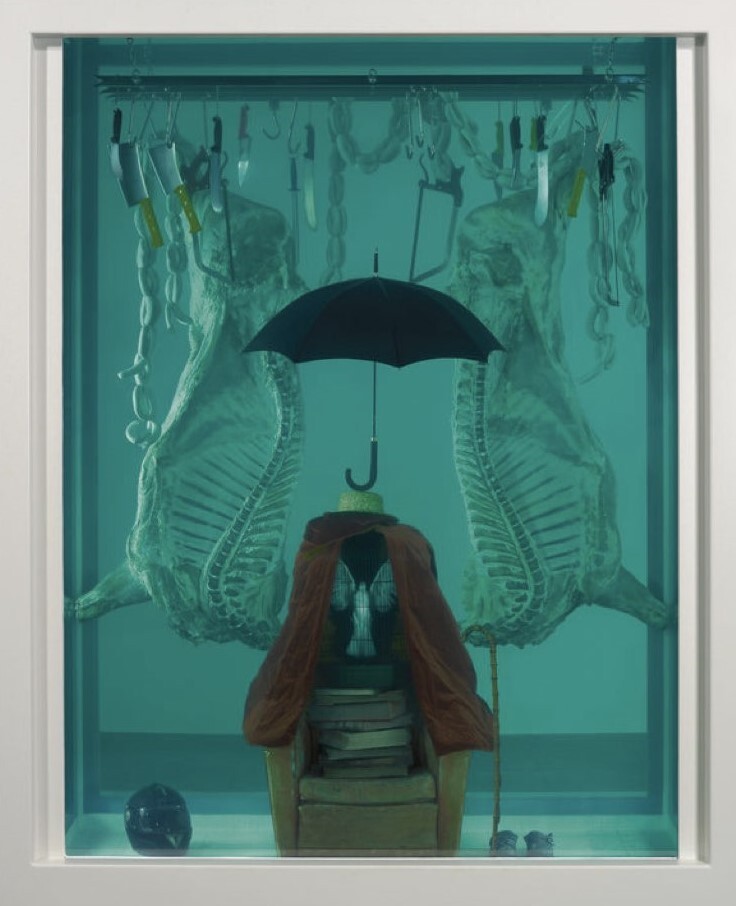99




hirst
Damien
Shock and death as an art form
I turned into a babbling fucking wreck
I started taking cocaine and drink …
of our time
shocking and richest artist
The most provocative,
is one painted by Rachel
The best spot painting you can have by me
and no one will stop me
I just wanted to be stopped,
are the main themes of his works
Death and money
Scary and expensive

Studied at Goldsmith’s College, University of London.
Already in his second year, he began working on his pharmacy series.
1986–1989
Studied at the Jacob Kramer College of Art in Leeds.
From the age of sixteen, he attended the anatomy department of the medical school to draw from life, often using animals preserved in formaldehyde.
1983–1985
death
the image of
Born in Bristol, England, to a car mechanic father and an artist mother, Damien’s early life was marked by hardship. His father left the family when he was just 12, and his mother struggled to manage her difficult teenage son. At one point, he was arrested twice for stealing from supermarkets.
1965
Craving
his interest in the gruesome and frightening
People are afraid of change, so you create a kind of belief for them through repetition.
began at that time
It’s like breathing. I’ve always been drawn to series and pairs.
his interest in the gruesome and frightening
so you create a kind of belief for them through repetition.
People are afraid of change,
began at that time
It’s like breathing. I’ve always been drawn to series and pairs.
or who advertised for whom
Charles Saatchi
or who
advertised for whom
Charles
Saatchi
the main organiser of an independent student exhibition held in a former warehouse in the Docklands area of London.
of an independent student exhibition held in a former warehouse in the Docklands area of London.
The show was visited by Charles Saatchi, the famous collector and founder of the gallery named in his honor. One of the installations caught his attention. Saatchi purchased it for his gallery and began collaborating with the artist.
In his second year at Goldsmiths College, Hirst was
In his second year at Goldsmiths College, Hirst was the main organiser
1988
And it can hardly be considered a mere coincidence
YBA, Young British Artists
that the exhibition space was designed to recall
he interior of Charles Saatchi's gallery at St. Johnswood
God knows who said what,
but then it started a little conversation
that led from frisée to "Freeze".
Freeze
We were eating frisée lettuce.

dead shark
as a symbol of modern
A dead tiger shark in a large formaldehyde aquarium titled "The Physical Impossibility of Death in the Mind of the Living" is the artist’s most famous work. Created in 1991, it became the first piece in the "Natural History" series.
In the same 1991, Charles Saatchi, the advertising magnate, collector, and patron of the "Young British Artists," purchased The "Physical Impossibility of Death in the Mind of the Living" for 50 thousand pounds.
It was re-bought by investor Steve Cohen, who paid 12 million dollars for the piece.
1991
2005
The Physical Impossibility
SOLD!
a sculpture in which fragility would be encased
there's a new generation of British artists
and they're gonna eat you up
and exist in its own space
“How to Sell a Stuffed Shark for $12 Million:
The Scandalous Truth About Modern Art and Auction Houses”
by Donald Dompson
Now, the shark in the aquarium is different — the original one, captured off the Australian coast, began to decompose in 2005. Hirst subsequently arranged for new sharks to be created, with one of them now stored and exhibited in the former aquarium.
Shark in formalin
art without boundaries
Damien Hirst's
work
in
death
is a central theme
1991
experience it and it stays in your mind
Great art – or good art – is when you look at it,
Great art – or good art – is when you look at it, experience it and it stays in your mind
I don't think conceptual art and traditional art are all that different
There's boring conceptual art and there's boring traditional art
Great art is if you can't stop thinking about it, then it becomes a memory
Hirst wants his viewers to feel shock in the presence of his work. The artist began provoking such reactions at a young age.
With Dead Head
The first shark was followed by other fish, a sheep, a cow, and a calf preserved in formalin. Some of the animals are presented cut open, revealing their internal organs.
It is terrifying to look at them, even to imagine them, yet at the same time, it is impossible to look away.
His animals in formalin are both alive and dead simultaneously. They evoke an instinctive horror and a deep fascination in the viewer.
His animals in formalin are alive and dead simultaneously.
They evoke an instinctive horror and a deep fascination in the viewer. It is terrifying to look at them, even to imagine them, yet at the same time, it is impossible to look away.
His animals in formalin are both alive and dead simultaneously. They evoke an instinctive horror and a deep fascination in the viewer. It is terrifying to look at them, even to imagine them, yet at the same time, it is impossible to look away.

"Spot" replicate the molecular structure of some deadly substances. They can be addictive and are sold by prescription at a regular chemist’s.
were created by the artist himself, while the later ones are made by assistants under his supervision, which, of course, raises questions about their value.
Spot Paintings are Hirst’s most recognizable and iconic works after his animal sculptures. No one knows for sure how many exist—presumably thousands. The earliest ones
Spot Paintings are Hirst’s most recognizable and iconic works after his animal sculptures. No one knows for sure how many exist—presumably thousands. The earliest ones were created by the artist himself, while the later ones are made by assistants under his supervision, which, of course, raises questions about their value.
I originally wanted the Spots to look
Colour Space is going back to the human element,
There are still no two exact colors that repeat in each painting
which is really important to me
like they were painted by a human trying to paint like a machine
so instead you have the fallibility of the human hand
in the drips and inconsistencies
I think of them as cells under a microscope
substances
Molecular structure
prohibited
of
expensive
Terribly

Money interests Hirst just as much as death. One of his works brilliantly combines both themes. It is a sculpture in the form of a platinum skull called "For the Love of God".
It consists of a platinum cast of an 18th-century human skull encrusted with 8,601 flawless diamonds, including a pear-shaped pink diamond located in the forehead, known as the Skull Star Diamond. The skull’s teeth are original, purchased by Hirst in London. The artwork serves as a memento mori, a reminder of the viewer’s mortality.
The piece turned out to be incredibly expensive: it was valued at $ 100 million, but it never found a single owner.
In the end, he had to buy it through a joint purchase. The buyers were the artist Hirst himself, his manager, and the Ukrainian entrepreneur Victor Pinchuk.
2007
For the Love of the God
Platinum skull with 8 000 diamonds
Why is Hirst so expensive?
Death
Life and
of Insects
They flew, sipped nectar, mated — and died. Nearby were ashtrays with cigarette butts. Butterflies, whose entire life fits into one day, and ephemeral smoke — this is a true vanitas.
At the "Falling in and out of love" exhibition, canvases were adorned with dolls from which butterflies emerged.
At the "Falling in and out of love" exhibition, canvases were adorned with dolls from which butterflies emerged. They flew, sipped nectar, mated — and died. Nearby were ashtrays with cigarette butts. Butterflies, whose entire life fits into one day, and ephemeral smoke — this is a true vanitas.
Hirst’s work is a glass box divided in half. One part houses fly larvae, which, after hatching, fly through a hole in the partition into the second half of the work, drawn towards the artificial light source. There, a powerful illuminating element kills the insects by burning them on contact. Thus, according to the artist’s concept, the installation displays a "life cycle in a showcase" for the viewer.
A Thousand Years
I think rather than be personal you have to find universal triggers:
everyone's frightened of glass, everyone's frightened of sharks
everyone loves butterflies
I always say my work is about life,
but I don’t know,
I suppose it does dwell on the dark side
Here there has always been only one idea —
the fear of death
Art is about the fear of death
In and Out of Love

Death
where
and medicine
one
merge into
a space
Hirst has created a total installation called "Pharmacy". It is a room with glass cabinets and shelves full of medicines, four jars of liquid representing the four elements, classic white tables for sales assistants, and boxes of unopened medicines.
The theme of medicine frequently appears in the artist’s works, which is not surprising—someone who speaks so much about death likely contemplates treatment as well. Moreover, pharmaceutical drugs have side effects, and surgeries can have fatal outcomes.
In the center of the installation "Pharmacy" is a plate with honeycombs, which, according to the artist’s idea, flies should be drawn to and then die right in the museum hall.
Pharmacy
down to the smallest details,
Installation “Pharmacy” depicted a space,
Installation “Pharmacy” depicted a space, down to the smallest details,
simulating a real pharmacy,
but without staff, and therefore — intimidating
2007
Everything is known about the artist’s works involving animal and insect corpses, but Hirst has yet to create a work using a human corpse. Although he has planned and even announced a search for those willing to donate their bodies in the name of art.
Works by Hirst stir the soul, shock, scare, and captivate all at once. They pose complex questions to the viewer: about life, death, and the very concept of art. They are easy to hate, hard to love, but impossible to remain indifferent to.
It's your response to your surroundings
Art goes on in your head...
Art comes from everywhere
Shock
pshenko
anastasiya
a non-commercial project developed as part of Anna Hodarkovskaya’s mentorship program
design and layout
All information, including text and photos, is taken from open sources. All rights to the images and materials belong to their respective copyright holders.
https://artchive.ru/artists/63584~Demien_Kherst/biography http://contemporary-artists.ru/Damien_Hirst.html
https://huxley.media/britanskij-hudozhnik-djemien-herst-ot-smerti-k-zhizni/
https://theblueprint.ru/culture/art/damien-hirst-alfavit
https://gagosian.com/artists/damien-hirst/
https://www.artsy.net/artist/damien-hirst
https://www.whitecube.com/artists/damien-hirst
https://artchive.ru/artists/63584~Demien_Kherst/biography http://contemporary-artists.ru/Damien_Hirst.html
https://huxley.media/britanskij-hudozhnik-djemien-herst-ot-smerti-k-zhizni/
https://theblueprint.ru/culture/art/damien-hirst-alfavit
https://gagosian.com/artists/damien-hirst/
https://www.artsy.net/artist/damien-hirst
https://www.whitecube.com/artists/damien-hirst
sources